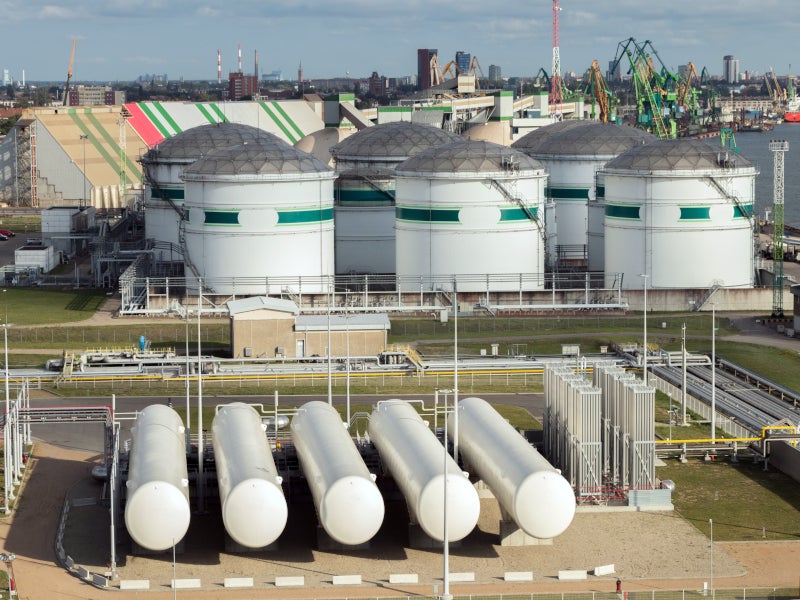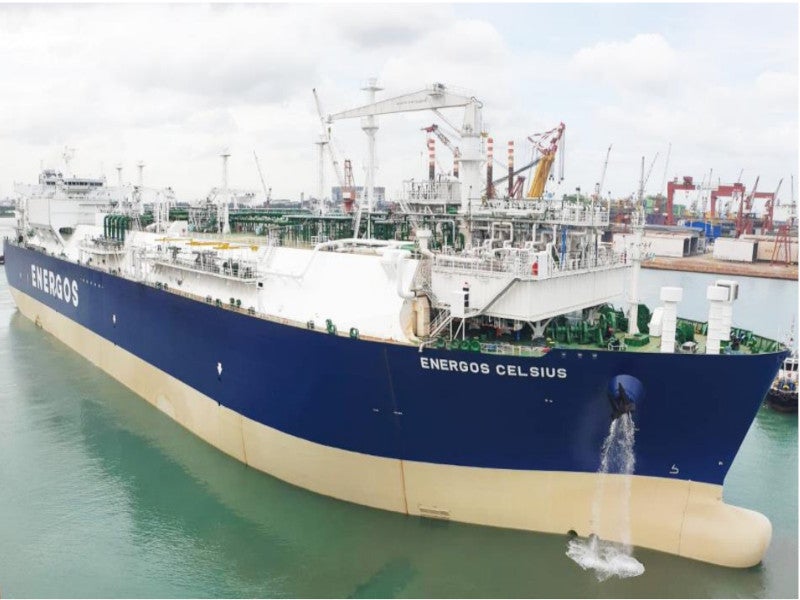The Barcarena liquefied natural gas (LNG) terminal is strategically situated at the mouth of the Amazon River in Para, Brazil, and serves as the region’s sole natural gas supply source.
Developed by New Fortress Energy (NFE), the terminal is the first of its kind in the state of Para and the northern region of Brazil.
The capital expenditure for the commissioning of the Barcarena terminal is estimated to be up to $250m. It excludes the additional $75m to $85m required for the conversion of the Energos Celsius floating storage regasification unit (FSRU).
Operations at the new six million tonnes per annum LNG terminal commenced in February 2024.
The terminal not only caters to the energy needs of the region’s extensive economic activities but also contributes to delivering cleaner, and more sustainable energy to the Amazon river basin.
It will also supply natural gas to NFE’s 630MW power plant, which is currently under construction adjacent to the terminal. The power plant remains on track to achieve commercial operation in the third quarter of 2025.
Additionally, NFE plans to leverage its existing infrastructure in Barcarena to strategically expand its power complex by 1.6GW, with an expected commercial operation date in July 2026.
Barcarena LNG terminal
The Barcarena terminal encompasses an onshore LNG terminal, the Energos Celsius FSRU, and related infrastructure including a mooring system and offshore and onshore pipelines.
The FSRU is located at a fixed jetty structure approximately 1,000m from the shore.
The mooring point for the FSRU is located 1.2km offshore at a water depth of approximately 15m.
The terminal can process up to 790,000 million British thermal units per day and store up to 170,000m3 of LNG.
It is expected to utilise approximately 92,000 million British thermal units per day of LNG, about 12% of the terminal’s maximum regasification capacity to service the adjacent Barcarena power plant.
Energos Celsius FSRU details
Energos Celsius is owned by Energos Infrastructure, a global marine infrastructure platform backed by Apollo funds and NFE.
The former LNG carrier is on a long-term charter to NFE under a 25-year terminal user agreement.
FSRU Energos Celsius has a nominal regasification capacity of 750 million standard cubic feet per day, with a maximum capacity of up to 1,000 million standard cubic feet per day.
The FSRU can store and regasify LNG for supply to the Barcarena power plant and other end-users including Alunorte, the world’s largest alumina smelter.
LNG carrier ships dock alongside the FSRU for LNG cargo delivery and offloading.
Offtake agreement
NFE signed a memorandum of understanding with Norsk Hydro in July 2020 for a 15-year gas supply agreement, marking the first operational customer for the Barcarena Terminal.
NFE will supply Norsk Hydro’s Alunorte refinery with roughly 30 trillion British thermal units of natural gas annually, which is anticipated to reduce the refinery’s annual carbon dioxide emissions by an estimated 700,000 tonnes per annum.
The supply agreement aligns with Norsk Hydro’s 2030 global commitment to reduce greenhouse gas emissions by 30%.
Contractors involved
Seatrium, an innovative engineering solutions provider to the global offshore, marine, and energy industries, was responsible for the conversion of the Energos Celsius LNG carrier into the FSRU.
The converted Energos Celsius FSRU was delivered in December 2023.
The project marked Seatrium’s fourth FSRU endeavour in Brazil.




